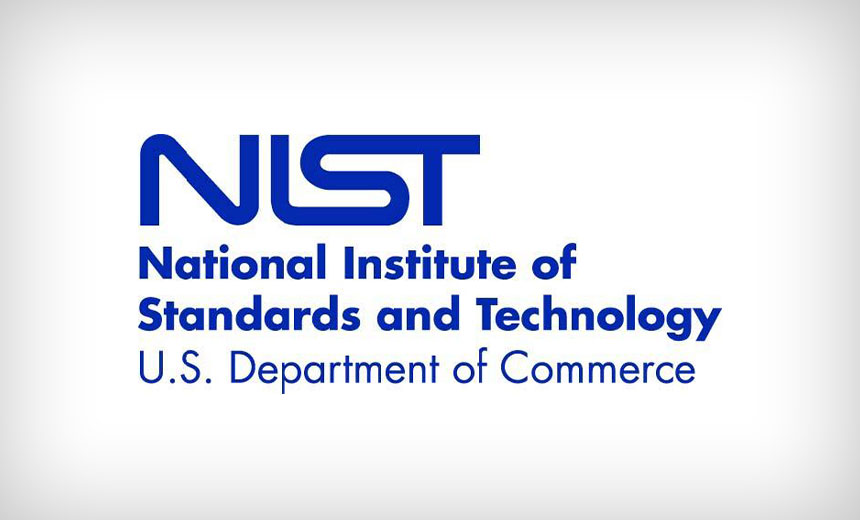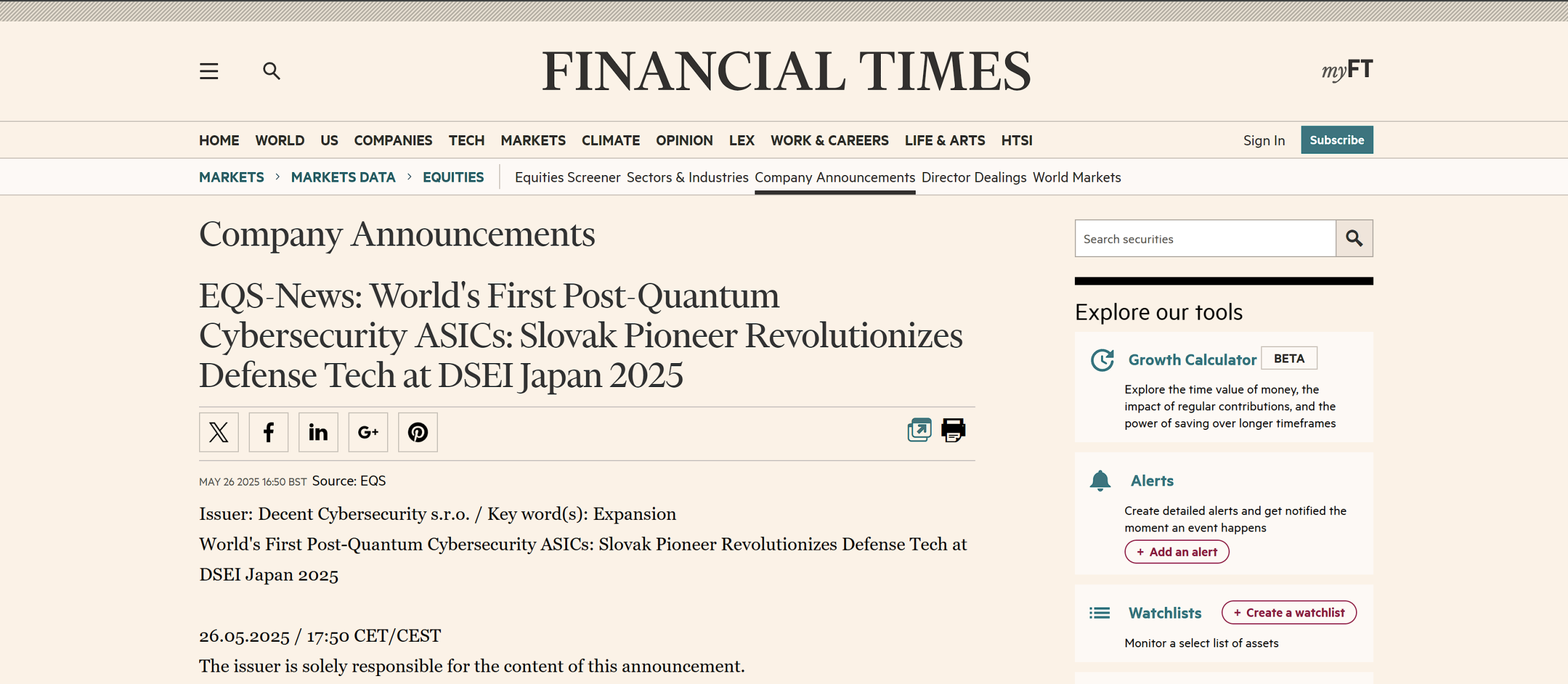The National Institute of Standards and Technology (NIST) has released Special Publication 800-227, a comprehensive framework for implementing and deploying Key-Encapsulation Mechanisms (KEMs). This landmark document arrives at a crucial time as organizations worldwide prepare for the transition to post-quantum cryptography. The guidelines represent a significant milestone in NIST’s post-quantum cryptography standardization process, providing organizations with concrete steps toward quantum-resistant security implementations.
Key-Encapsulation Mechanisms represent a fundamental shift in how we establish secure communications. Unlike traditional key exchange methods, KEMs are specifically designed to be resistant to both classical and quantum computing attacks. At their core, KEMs enable two parties to securely establish shared secret keys over public channels, a critical capability in our interconnected world. This approach offers several advantages over conventional key exchange methods, including improved efficiency and stronger security guarantees against future quantum threats.
The theoretical foundation of SP 800-227 establishes rigorous security definitions that form the basis for all subsequent implementation requirements. This includes formal security models that define what it means for a KEM to be secure, considering both classical and quantum adversaries. The mathematical underpinnings provided in the document ensure that implementations can be properly validated against well-defined security objectives.
Implementation requirements provide detailed technical specifications that must be followed to achieve FIPS 140-3 validation. This includes comprehensive guidance on secure random number generation, key generation procedures, encapsulation and decapsulation processes, error handling, validation, and side-channel attack mitigation. These requirements are particularly crucial for organizations working with critical infrastructure and government systems, ensuring implementations meet the highest security standards while maintaining interoperability.
The document outlines various deployment models, including enterprise-wide implementations, cloud-based deployments, Internet of Things (IoT) applications, critical infrastructure protection, and satellite communications security. Each scenario includes specific considerations for key management, performance optimization, security monitoring, incident response, and compliance requirements.
A significant portion focuses on the transition to post-quantum cryptography, including detailed guidance on implementing hybrid schemes that combine traditional and quantum-resistant algorithms. The hybrid approach allows organizations to maintain backward compatibility while gradually introducing quantum-resistant protection. This includes migration strategies, risk assessment frameworks, performance implications, and compatibility considerations with existing systems.
The guidelines introduce three primary KEMs:
ML-KEM: A lattice-based post-quantum algorithm available in three security levels (512, 768, and 1024), designed for general-purpose use.
ECDH-KEM: Based on established elliptic curve cryptography, providing compatibility with existing infrastructure and suitable for hybrid deployments.
RSA-KEM: Built on widely-deployed RSA cryptography, offering a clear migration path from current systems with well-understood security properties.
For organizations operating in critical sectors such as aerospace, defense, and telecommunications, these guidelines provide essential direction for modernizing cryptographic infrastructure. The document acknowledges common implementation challenges and provides practical solutions for resource-constrained environments, high-performance requirements, legacy system integration, and regulatory compliance.
As quantum computing technology continues to advance, the importance of quantum-resistant cryptography grows increasingly critical. SP 800-227 establishes a foundation for ongoing development and adaptation of security measures, including provisions for regular security assessment, integration of new quantum-resistant algorithms, and emerging threat mitigation.
The publication is open for public comment until March 7, 2025. NIST encourages industry professionals, cryptographers, and security engineers to review and provide feedback, particularly regarding implementation challenges, integration with existing infrastructures, performance considerations, and additional use cases requiring specialized guidance.
Organizations should begin familiarizing themselves with these guidelines and planning their cryptographic transitions. The document provides a solid foundation for implementing quantum-resistant key establishment while maintaining interoperability with existing systems. For more information or to submit comments, interested parties can contact [email protected]. The full document is available at NIST’s Computer Security Resource Center (csrc.nist.gov).
This publication marks a crucial step forward in preparing global digital infrastructure for the quantum era, providing organizations with the framework needed to implement secure, quantum-resistant cryptographic solutions while maintaining operational efficiency and system compatibility.





